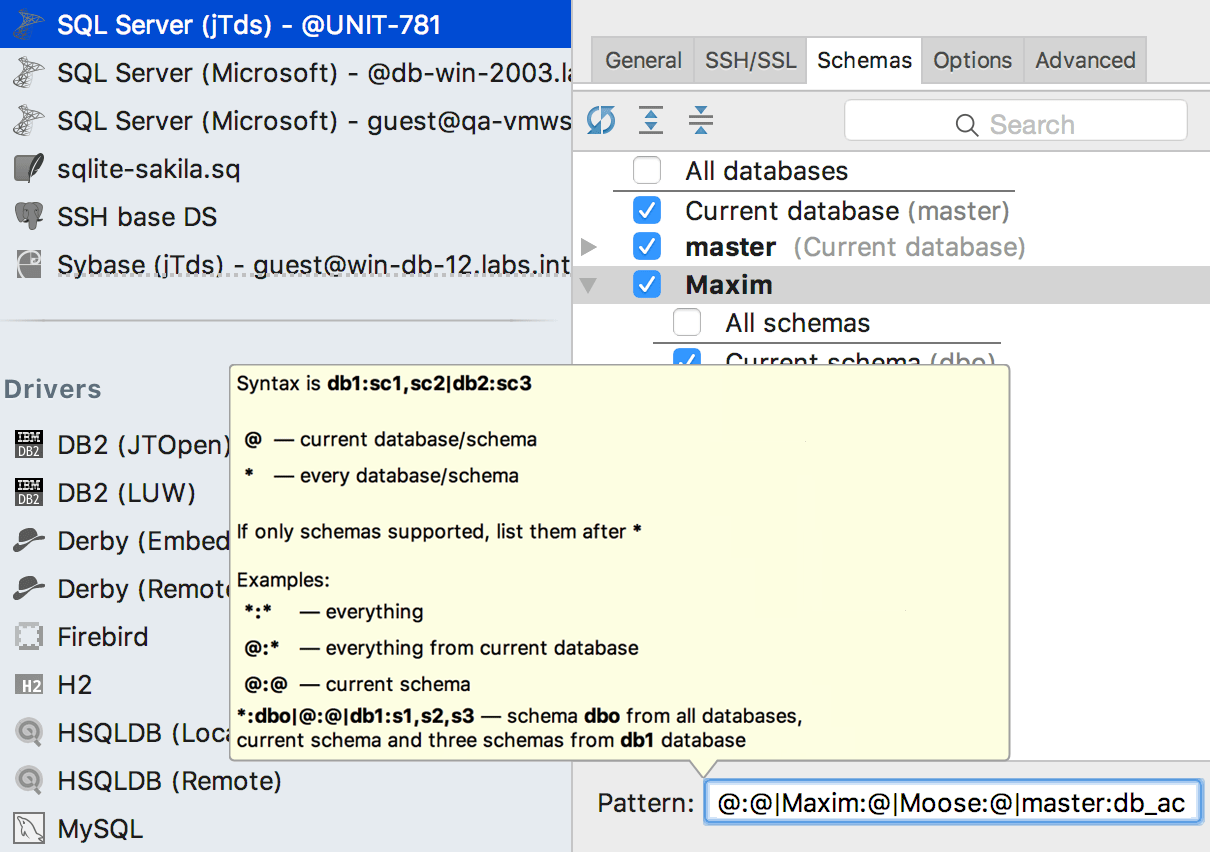
More specifically, a star schema is a type of relational database schema that is composed of a single, central fact table that is surrounded by dimension tables. While conceptual, logical, and physical schemas contain different levels of information about databases in their diagrams, star and snowflake schemas represent those relationships between entities differently. There are two additional types of schemas are also commonly referenced in the context of relational database management systems (RDBMS) these are known as star schemas and snowflake schemas. Schema diagrams are particularly helpful in showing these relationships between tables, and they enable analysts to understand the keys that they should join on. These keys are used in SQL statements to join tables together, creating a unified view of information. In both logical schemas and physical schemas, database tables will have a primary key or a foreign key, which will act as unique identifiers for individual entries in a table. That is, it also includes the syntax that will be used to create these data structures within disk storage. Physical database schemas provide the technical information that the logical database schema type lacks in addition to the contextual information, such as table names, field names, entity relationships, et cetera.However, they do not typically include any technical requirements.

They clearly define schema objects with information, such as table names, field names, entity relationships, and integrity constraints-i.e.

Logical database schemas are less abstract, compared to conceptual schemas.Conceptual models are usually created as part of the process of gathering initial project requirements. Conceptual schemas offer a big-picture view of what the system will contain, how it will be organized, and which business rules are involved.While the term schema is broadly used, it is commonly referring to three different schema types-a conceptual database schema, a logical database schema, and a physical database schema. Since database instances are just a snapshot at a given moment, they’re likely to change over time, unlike database schemas. It contains all the properties that the schema describes as data values. However, the schema does not actually contain data.Ī sample of data from a database at a single moment in time is known as a database instance. database instanceĪ database schema is considered the “blueprint” of a database which describes how the data may relate to other tables or other data models. These diagrams act as valuable documentation within the database management system (DBMS), ensuring alignment across various stakeholders. Alternatively, it can enable analysts to navigate these data structures to conduct reporting or other valuable business analyses.

For example, it can help database administrators manage normalization processes to avoid data duplication. These data models serve a variety of roles, such as database users, database administrators, and programmers. This process of database schema design is also known as data modeling. Schemas commonly use visual representations to communicate the architecture of the database, becoming the foundation for an organization’s data management discipline. A database schema defines how data is organized within a relational database this is inclusive of logical constraints such as, table names, fields, data types, and the relationships between these entities.


 0 kommentar(er)
0 kommentar(er)
